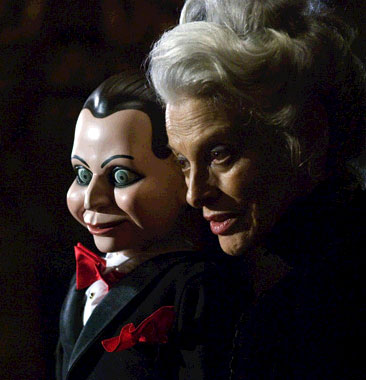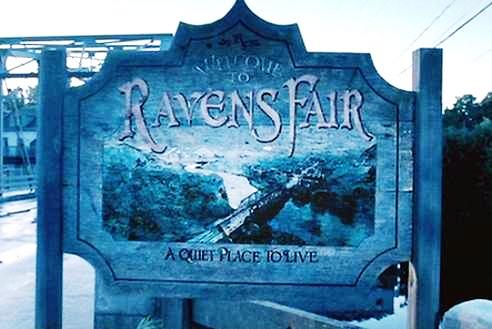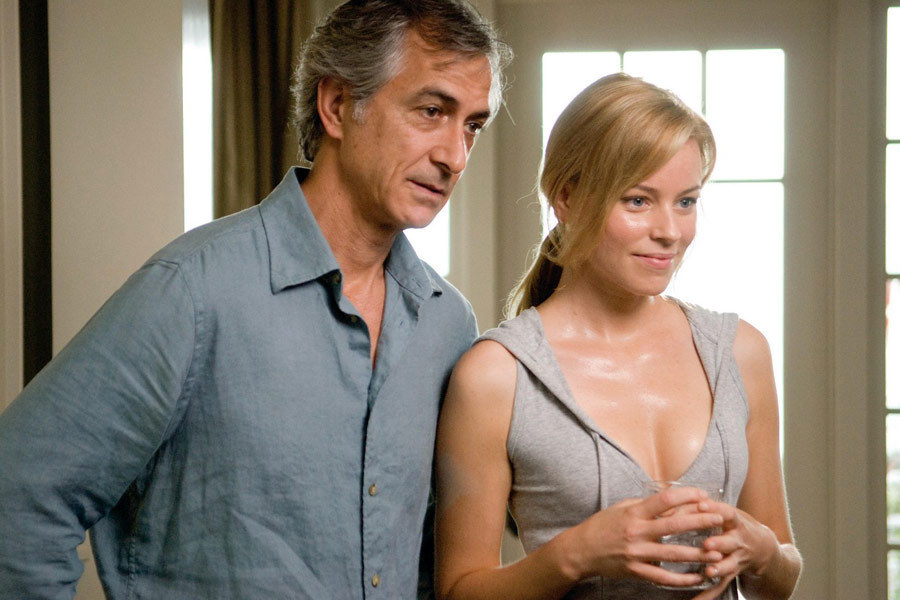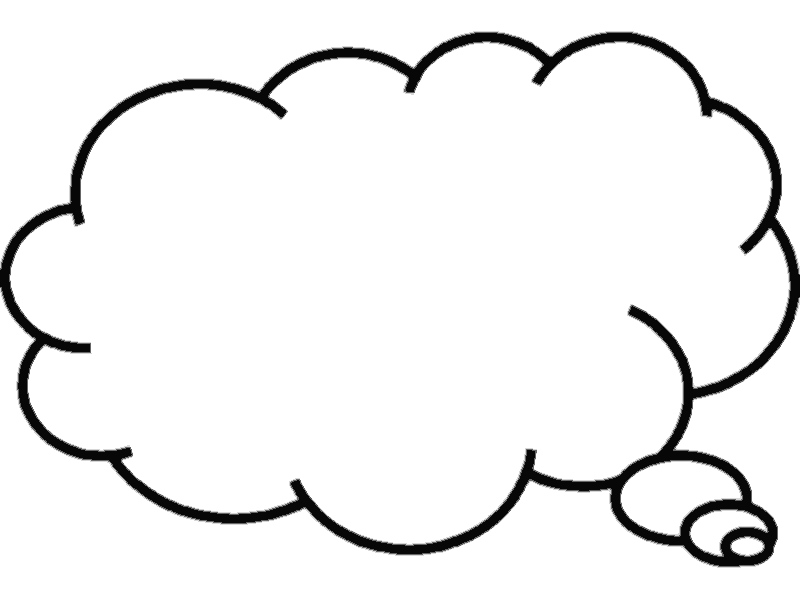Our task today was to write up our script for our opening sequence. We spent a lot of time coming up with a opening to hook the audience in, our initial ideas in the beginning can be seen a lot through our script; this element made the writing of our script a lot easier and more enjoyable to create. Our protagonist is 'Charles', we decided to name him this because it's a comfortable, easy name that fitted our vision of him well.
)
INT. CHARLES'S KITCHEN. NIGHT.
Scene 1 - Black haired, bearded 21 year old Charles of average height and build; wearing comfortable clothes is standing in his kitchen over the basin. He's washing his hands looking troubled and thoughtful. Charles flinches suddenly and then glances at his hands, his vision blurs and a flashback begins. He's washing his hands panicking. His visions blurs back revealing clearer sight; bringing him back to present day. Charles flinches once more, his face looks disgusted from his recent flashback.

Charles grabs his coat and begins to exit his house, as he does so, his expression is still edgy. Just as he walks out he senses something behind him. He turns abruptly and sees nothing. He shrugs it off and shuts the door.
EXT. CHARLES'S FRONT GARDEN. NIGHT.
Scene 2 -Charles walks to his car and gets in, but his movements are still quite edgy.
EXT. INSIDE CHARLES'S CAR. NIGHT.
Whilst Charles is driving, he's once again thinking of his flashback; constantly fidgeting and wiping his brow. It blurs back to another flashback revealing a scene where his is arguing with a young woman.
INT. INSIDE CHARLES'S LIVING ROOM. LATE EVENING/NIGHT.
Y.Woman: (Shouting) "It's your fault we're in this mess! I've had enough. I'm going to tell her, Charles."
Charles: (Stern/harsh tone) "Don't you dare say anything. If you say something, I'll kill you."
*This scenes dialogue is still need of editing. Most would probably be improvised during filming.*
Blur then shows present day again. The arguing from flashback fades out.
EXT. INSIDE CHARLES'S CAR. NIGHT.
Wiping his brow once again, Charles expression is anxious. He brings the car to a fault and exits the car to go for a walk.
EXT. ROCK BEACH. NIGHT.
Scene 3 - Charles's walking along the beach when he begins to sense something/someone is watching him. He takes frequent glances, scanning his surroundings. This follows with another blur to flashback where Charles and the young woman are still arguing.
INT. CHARLES'S LIVING ROOM. NIGHT.
Y.Woman: (Scoffs) "Kill me? Well, I'd rather be dead than live a lie. I don't care anymore! Charles, I'm going to tell her and that's that!"
The young woman goes to leave the room, Charles stalks behind her, grabbing the kitchen knife left on the counter and grabs a hold of her.
EXT. ROCK BEACH. NIGHT.
Present time is once again on screen and Charles is still walking along the beach looking nervous. Flashback occurs once again.
INT. CHARLES'S LIVING ROOM. NIGHT.
Quick, black flashing occurs between shots as Charles lunges himself towards the young woman trying to kill her. Lots of blackouts are appearing as he's attacking her. Charles reaches for her throat and begins to strangle her; the young woman is panting and gasping for breath. He stops and realises what he's done but it's too late as the young woman is motionless on the floor.
EXT. ROCK BEACH. NIGHT.
END OF OPENING SEQUENCE.















































